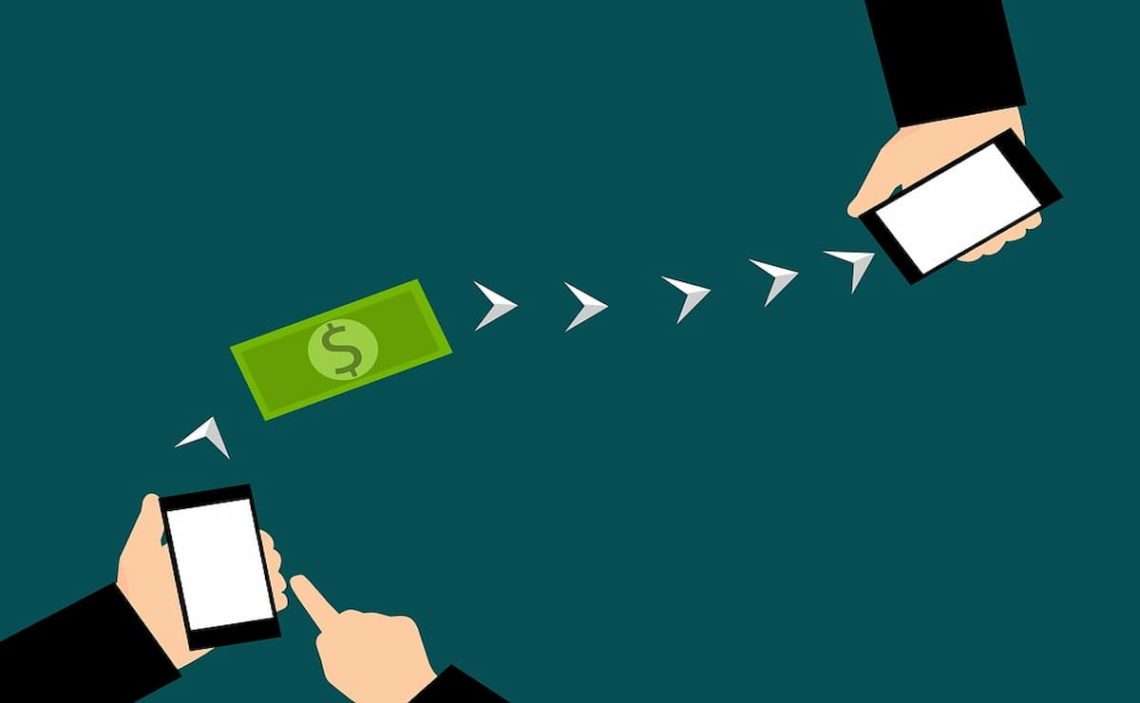Venmo and PayPal are two of the most widely used payment platforms in the United States. In both cases, they are systems through which you can receive and send money from customers, friends, and family.
Although they have similarities, they also have differences that make users prefer one or the other option.
PayPal
PayPal is the most popular digital payment model within the platforms that allow sending and receiving money. The creation of this platform dates back to the late 90s of the twentieth century.
It was originally conceived as a payment gateway for online purchases. It appeared as an alternative payment model to cards (with which it could combine).
Venmo
In the case of Venmo, the platform offers a model of sending and receiving money using only the cell phone and text messages.
It is one of the pioneer platforms in this model of sending and receiving money. It was founded in 2009 and was presented as a tool to facilitate the sending of amounts of money to third parties even when we do not know their bank accounts. It is simply necessary to include the recipient’s phone number and that they also have the application installed.
Features Chart
| PayPal | Venmo | |
| Operating systems | iOS Android, Internet | iOS Android, Internet |
| Payment method | Credit, debit, wire transfer | Credit, debit, wire transfer |
| Credit card usage fees | 3% | 2,9% (plus $0.30) |
| Wire transfer fees | No cost | 2.9% (plus $0.30) |
| Wire transfer fees | No cost | No cost |
| Maximum limits | 4999 $ | Maximum of one transaction $10,000-maximum limit on multiple transactions up to $60,000 |
| Cost of use and download | Free of charge | Free of charge |
| Adoption | 200 + countries | United States |
It is important to note that while both options connect to the Internet for trading, Venmo only operates exclusively through mobile devices.
Differences and similarities between PayPal and Venmo
To better understand how the two options are similar and how they differ, we will separate the functionalities into different sections and compare them:
Send money online
As we have already said, in the case of Venmo, it is only possible to operate through mobile devices. Its operation is quick and simple. You only need to know the contact’s phone number (you can use the phonebook of the mobile device itself).
Sending money in the case of Venmo can also be done by scanning the code in the application. In addition, it will be possible to check the purchases that your friends share. That is a functionality very similar to those of social networks.
In the case of PayPal, it is also possible to send money. However, in this case, PayPal links are created that allow a user to send money. On the other hand, sending money to someone’s bank account is possible. That can be done even when the recipient does not have a PayPal account. In this case, fees apply, which may vary depending on where the transaction is being made.
As for shipping limits, in the case of Venmo, the limit is set at $299. After account verification, this limit may increase up to $4,999.
PayPal does not allow trading if you are not verified. Once verified, you can trade up to $60,000, limited to a maximum of $10,000 per transaction.
Payment Methods
It is possible to use different methods within both platforms to make payments. That means using credit cards, debit cards, or associated bank accounts in both cases is possible.
An important change has been that Venmo has gradually opened up the presence of retailers who can offer their payment gateway services. That makes it possible to make contactless purchases using Q.R. codes exclusively.
PayPal, for its part, previously supported contactless payment via Q.R. codes.
We should note that PayPal is used with a massive adoption rate in online shopping. That means that it is an accepted payment method in many online merchants: hence it also has a high transaction limit, much higher than Venmo.
On the other hand, PayPal also incorporates other tools, such as the One Touch function, through which it is possible to make purchases with a single click.
That means you will not have to log in to your account every time you operate. This method works on both desktop and mobile devices.


